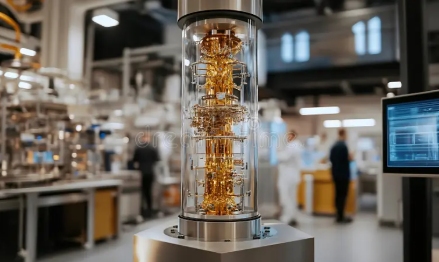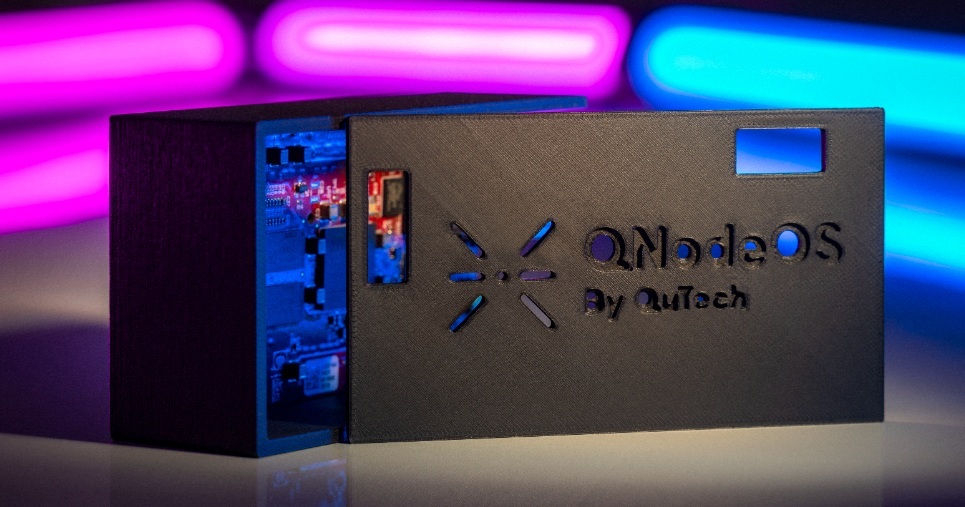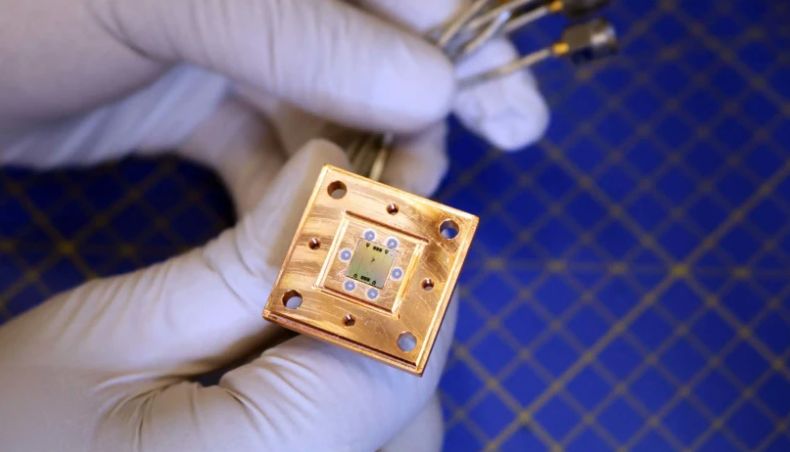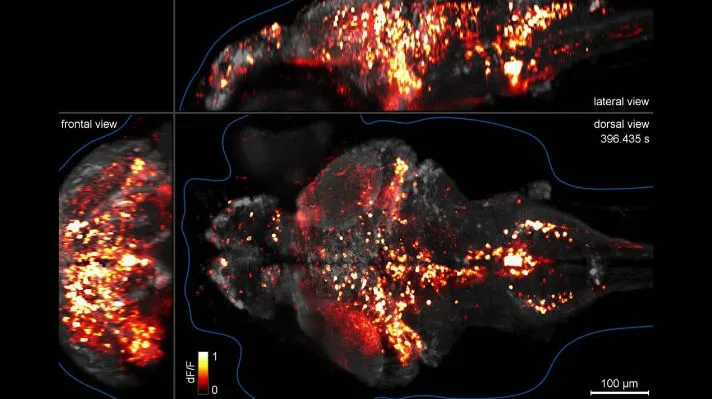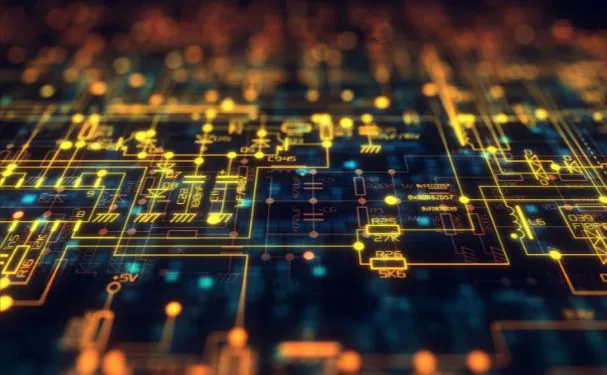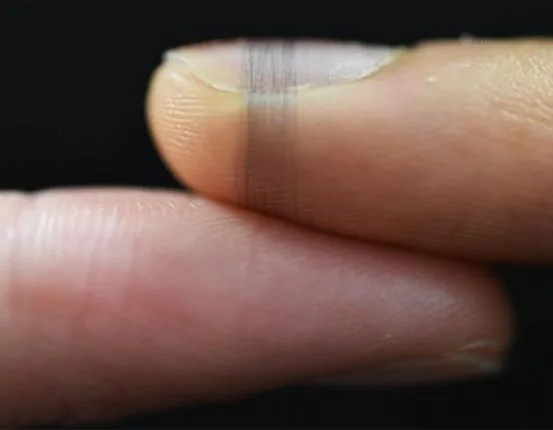Quantum criticality in metals is an exciting area of study where physics explores mysterious concepts. A new study in Nature Communications looks at a unique way to understand entanglement at a specific point called the Kondo destruction quantum critical point (QCP). Instead of using standard methods, the researchers focus on concepts like mutual information and quantum Fisher information (QFI) to explore how quantum connections change as they get closer to this transition.
Read MoreCategory: Futuretech Tonics
ULVAC and IBM Quantum Team Up to Revolutionize Quantum Computing Cooling
Quantum computing is one of the most promising technological frontiers, but it comes with a major challenge, which is, maintaining the extreme cold temperatures that is required for qubits to function. Today’s quantum computers rely on dilution refrigerators, complex and highly specialized cooling systems that keep qubits operating near absolute zero. However, these systems are expensive, tough to maintain and don’t scale easily.
Read MoreQNodeOS: Making Quantum Network Development Accessible to All
For decades, quantum networks have always been looked as a research curiosity than a practical technology. I personally imagined it to be a field of entangled particles, stretching across galaxy and the quantum connections in the field space enables telepathic communication, this is how I concluded, quantum entanglement happens.
Read MoreFrom Spice to Silicon: The AI and Biotech Dilemma
I am a huge science fiction nerd and I see this genre as a window, a blueprint for the future. Since, it often imagines advanced tech, societal change, socio-economic possibilities, medicine, space exploration, even philosophy and ethics, before they become reality.
Read MoreUnravelling Superionic Materials: A Breakthrough for Next-Gen Rechargeable Batteries
Researchers at Duke University have discovered the intricate molecular details of a material that might just be the key to next-generation rechargeable batteries. It’s called the superionic material. The compound displays both solid and liquid properties. How? It retains its solid structure, however, the ions within it move as freely as they would in a liquid.
Read MoreThe AI Agent Technology Stack: Unpacking the Layers
AI agents are assisting people in making smarter choices, these tools are also helping in making tasks easier and enabling more personalized experiences across various domains. Their integration with external tools and APIs allows for real-time data analysis and automation of complex workflows. All this is possible because of a structured tech stack that integrates various layers, working in sync. The technology stack is like an entire football team, where goalkeepers, defenders, midfielders and strikers are the various layers, each with a unique function.
Read MoreIs the AI Moat Gone? DeepSeek’s Low-Cost Model Challenges Tech Giants’ Dominance
Disruption is the new normal! – This happens to be the current motif of the AI landscape. DeepSeek has posed some serious challenges to the conventional approach to AI model development. It has proved, at least looking at the current scenario, that there is no need for massive capital expenditures on training the LLMs. In fact, the advancement of AI isn’t just about the amount of data you put in, but how well you can prompt it! This reminds of a talk when asked where an Indian startup with limited…
Read MoreRecord Cold Quantum Refrigerator: A Breakthrough for Quantum Computing Stability
An interesting development around quantum computing has surfaced. We all know that these quantum systems require super cold temperature to operate at their optimal performance. Why? Well, the fundamental blocks of quantum computers, which are, the qubits cannot function in regular temperature. For reliable quantum computation, these quantum systems require extremely low temperatures as they are highly sensitive to their surroundings, in fact, even a tiny disturbance by weak electromagnetic interference can cause errors in their system.
Read MoreWHaloCaMP Biosensor: Real-Time Insights into Animal Physiology
Researchers at the Janelia group created an innovative way for engineered protein biosensors & bright, fluorescent Janelia Fluor (JF) dyes to work together. Aim of the new biosensor is to measure physiological signals in live animals. The revolutionary sensor, WHaloCaMP, can track multiple physiological signals in live animals, unlike its previous version. And when it comes to illumination, the detector can emit bright far-red light. This light can penetrate deeper into tissues than the other (existing) wavelengths.
Read MoreCloud Messaging Platforms: Market Growth, Tech Trends and Leading Players
The trajectory of cloud-based messaging platforms is on an upward trend. As industries globally adopt advanced technologies, the demand for sophisticated applications is also increasing. As per Market Research Future, the Cloud Communication Platform market industry is projected to grow from USD 19.38 Billion in 2024 to USD 82.21 Billion by 2032, exhibiting a compound annual growth rate (CAGR) of 19.80% during the forecast period (2024 – 2032). While Mordor Intelligence estimates it to reach USD 40.13 billion by 2029, growing at a CAGR of 18.44% during the forecast period…
Read MoreHigh-Performance 2D Semiconductor Transistor Fabrication: h-BN Dielectrics and Metal Gate Tech
Two-dimensional (2D) semiconductors hold enormous potential to transform the future of electronics. However, their full potential is hindered by a major challenge: interface defects that form between the semiconductors and insulating layers, which degrade overall performance.
Read MoreNeutron Innovation: Precise Temperature Measurement for Electronics
We are constantly surrounded by electronics. From LEDs to batteries, these electronics have become part of our lives. And so, more advanced and intricate components are needed to make them more efficient and reliable. However, as these components become increasingly sophisticated, getting reliable temperature measurements of specific elements inside an object can be a challenge.
Read MoreElectronic Spider Silk: A Versatile Solution for Bioelectronics
Super-thin and flexible electronics are here to stay. This tech will not only create but it will also revolutionize the use of gadgets. Since, it leads to unlimited possibilities for innovative and practical applications. Some of the them include but not limited to – wearable tech, portability, healthcare applications, space probes etc.
Read MoreInnovative SiPh Chip: Nanoscale Light Computing Breakthrough
Imagine a world where AI computations are not bound by the limitations of traditional power sources, that is, electricity but by the power of light waves. This is precisely the vision that researchers at the University of Pennsylvania have brought to life with their innovative chip design. This innovation will not only enable the chip to fast-track the processing speed of computers but it will also lessen their energy consumption.
Read MoreElectron Dance: Creating Robust Continuous Time Crystals
Researchers at TU Dortmund University have achieved a breakthrough by creating a remarkably resilient time crystal. It exceeds the temporal stability observed in previous trials by millions of times. This accomplishment not only validates a captivating phenomenon proposed by Nobel Prize laureate Frank Wilczek approximately a decade ago but also echoes themes that have fascinated science fiction enthusiasts. The intriguing findings have been officially documented in the prestigious journal Nature Physics.
Read More

